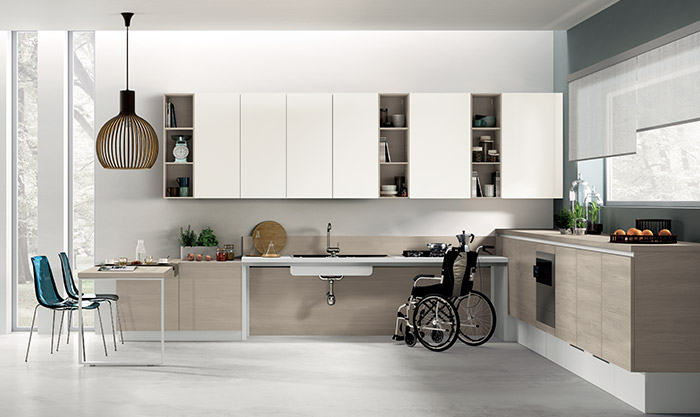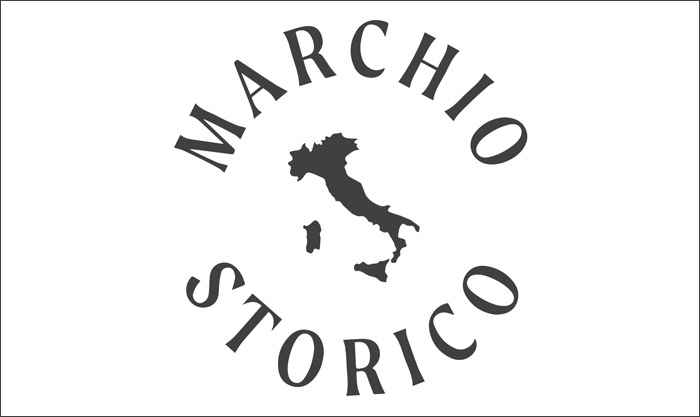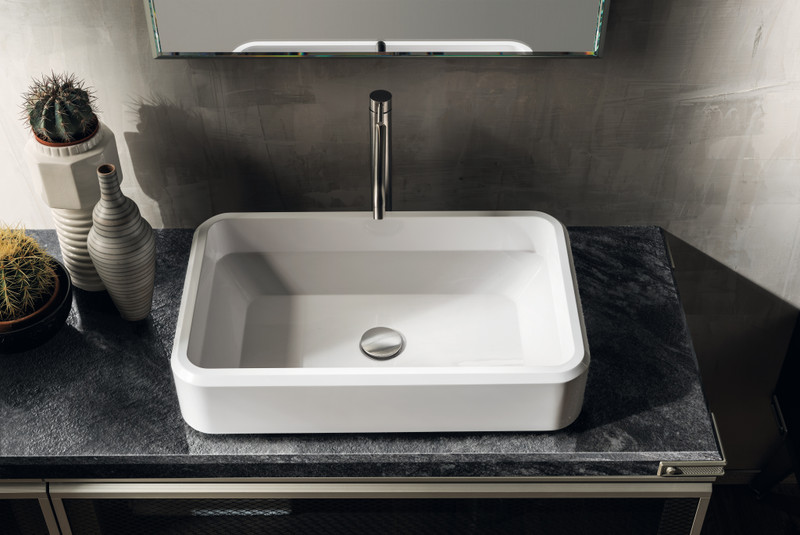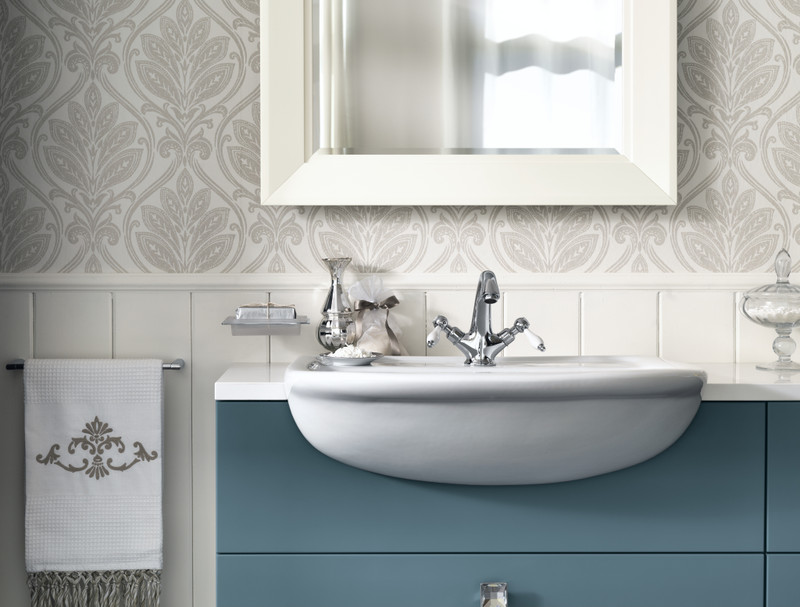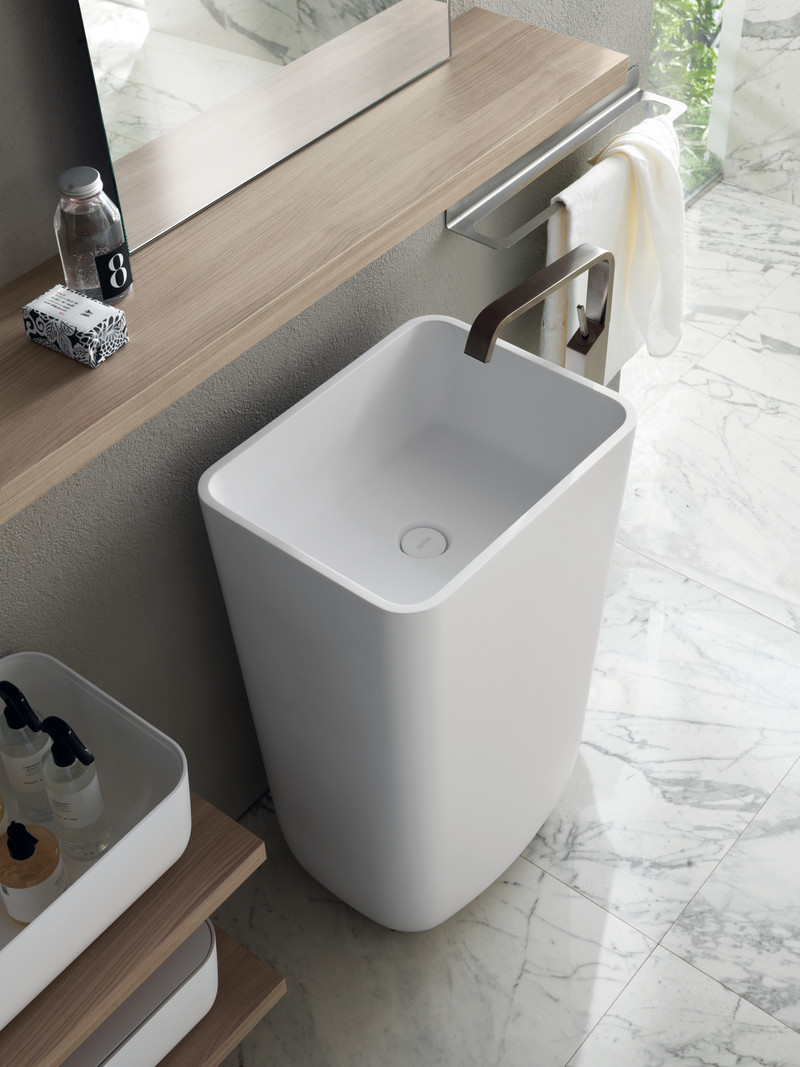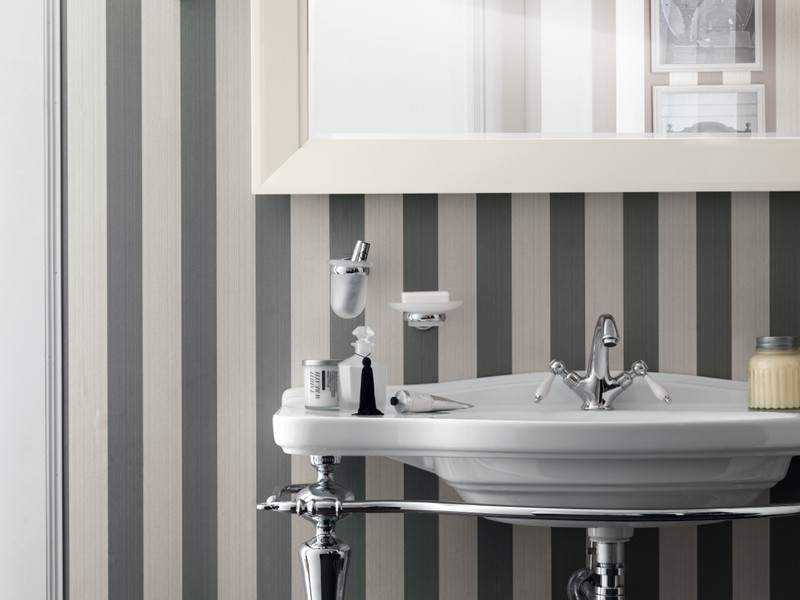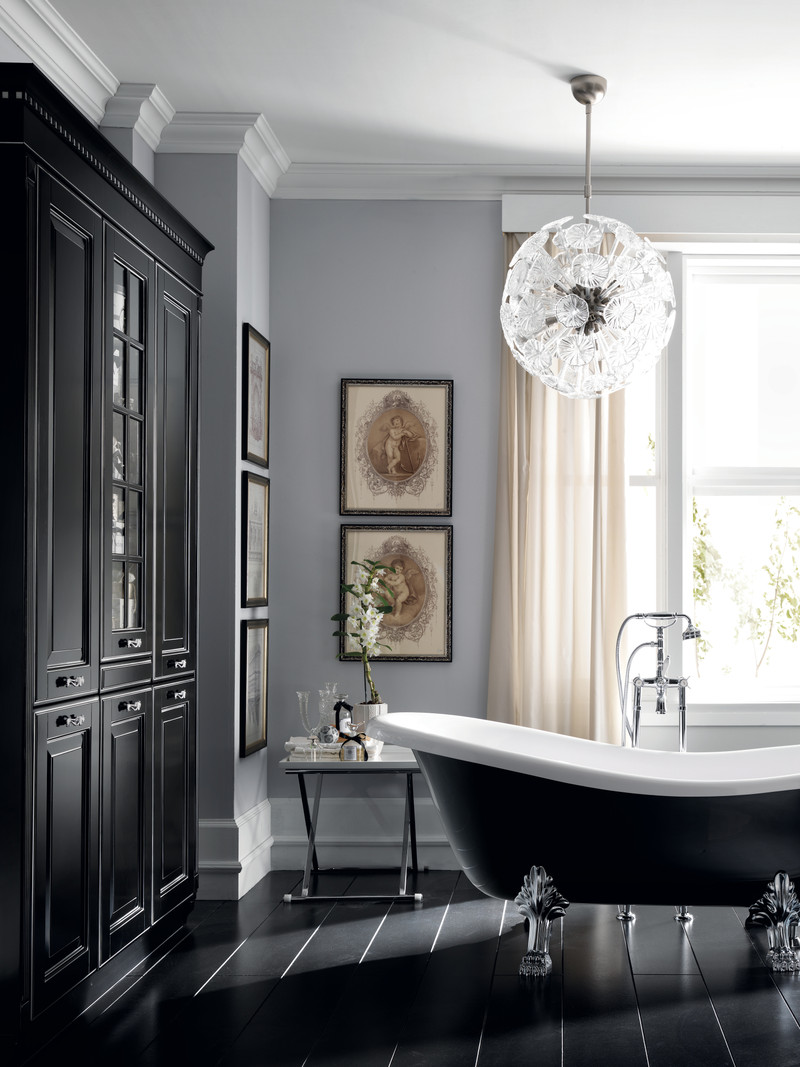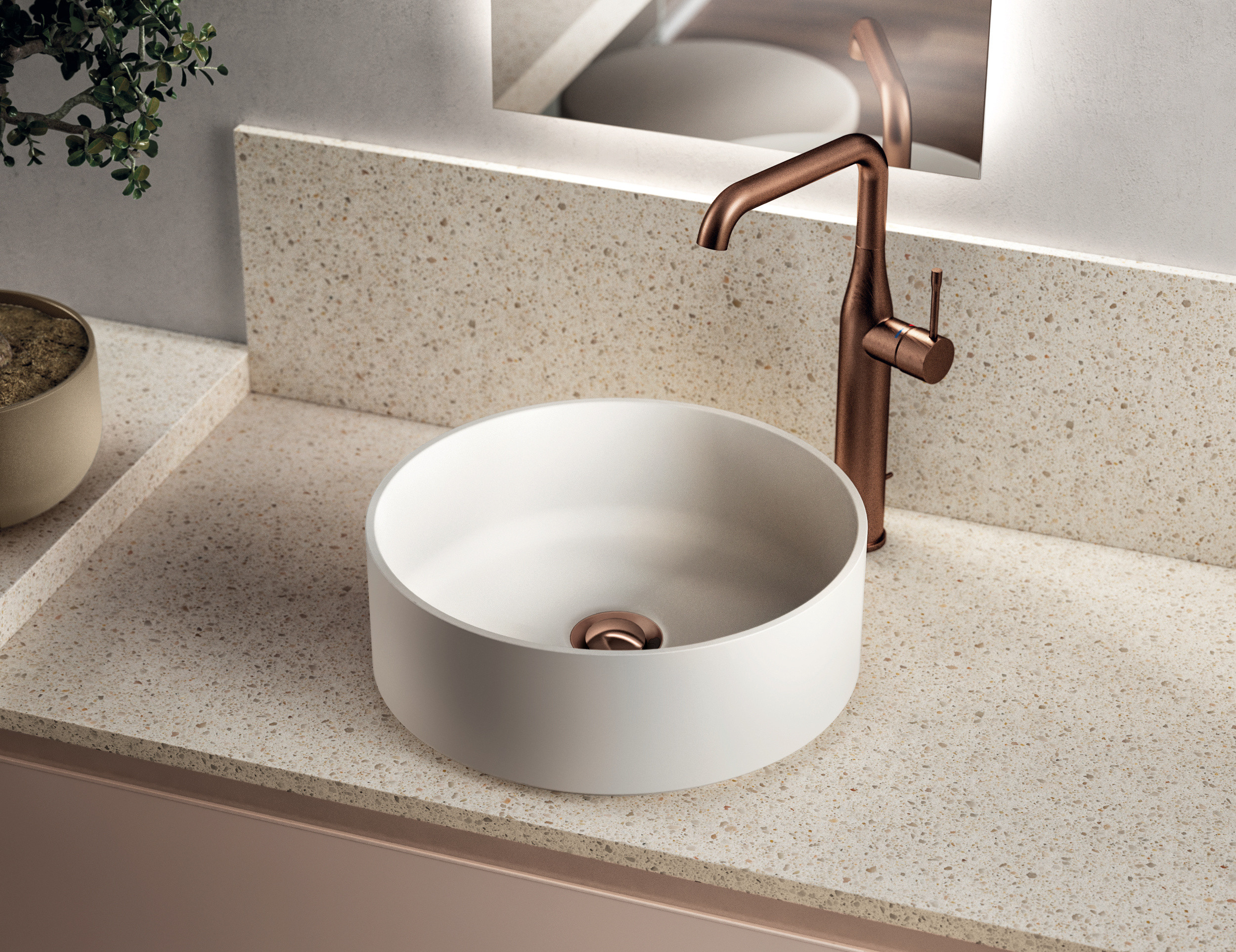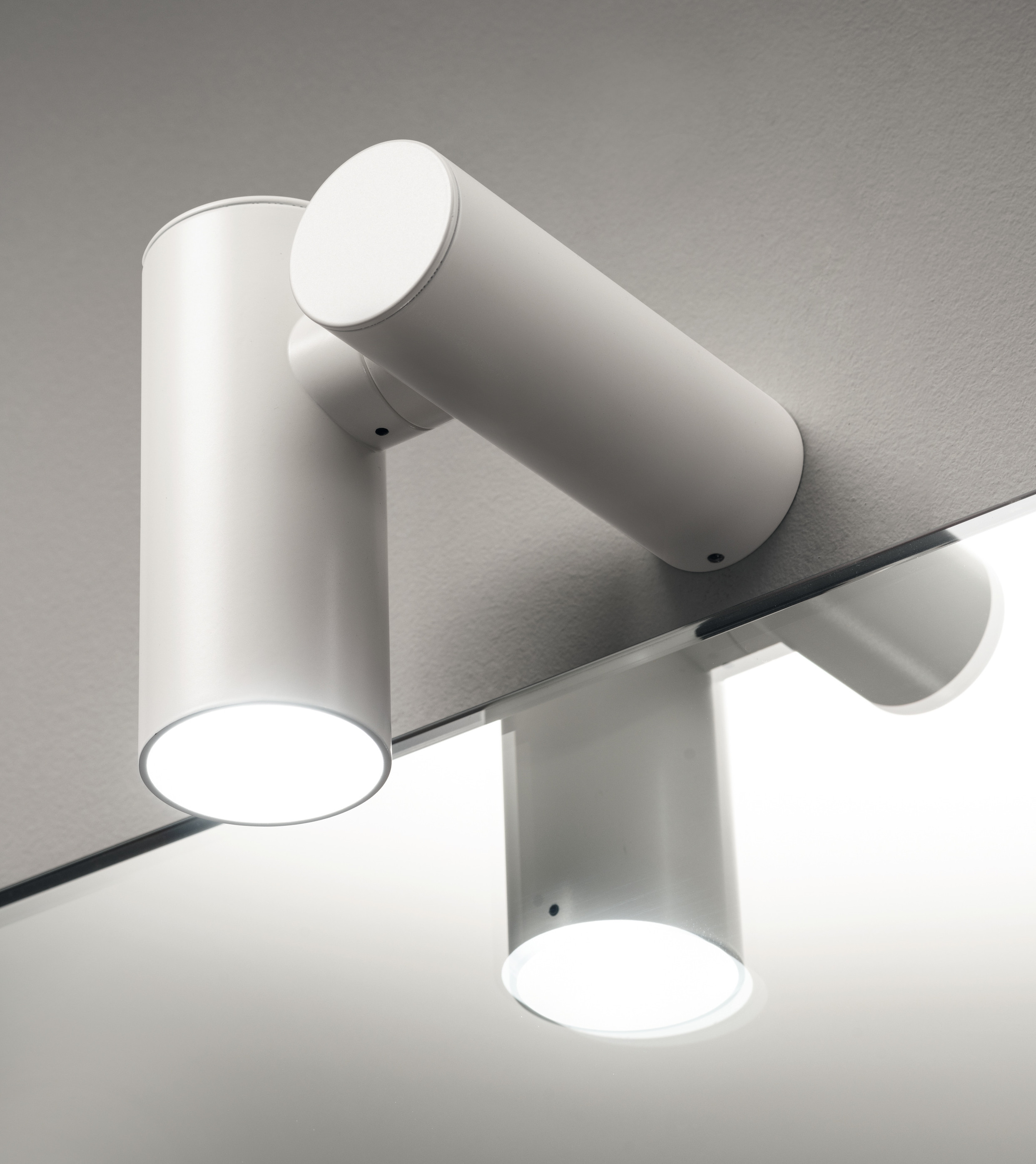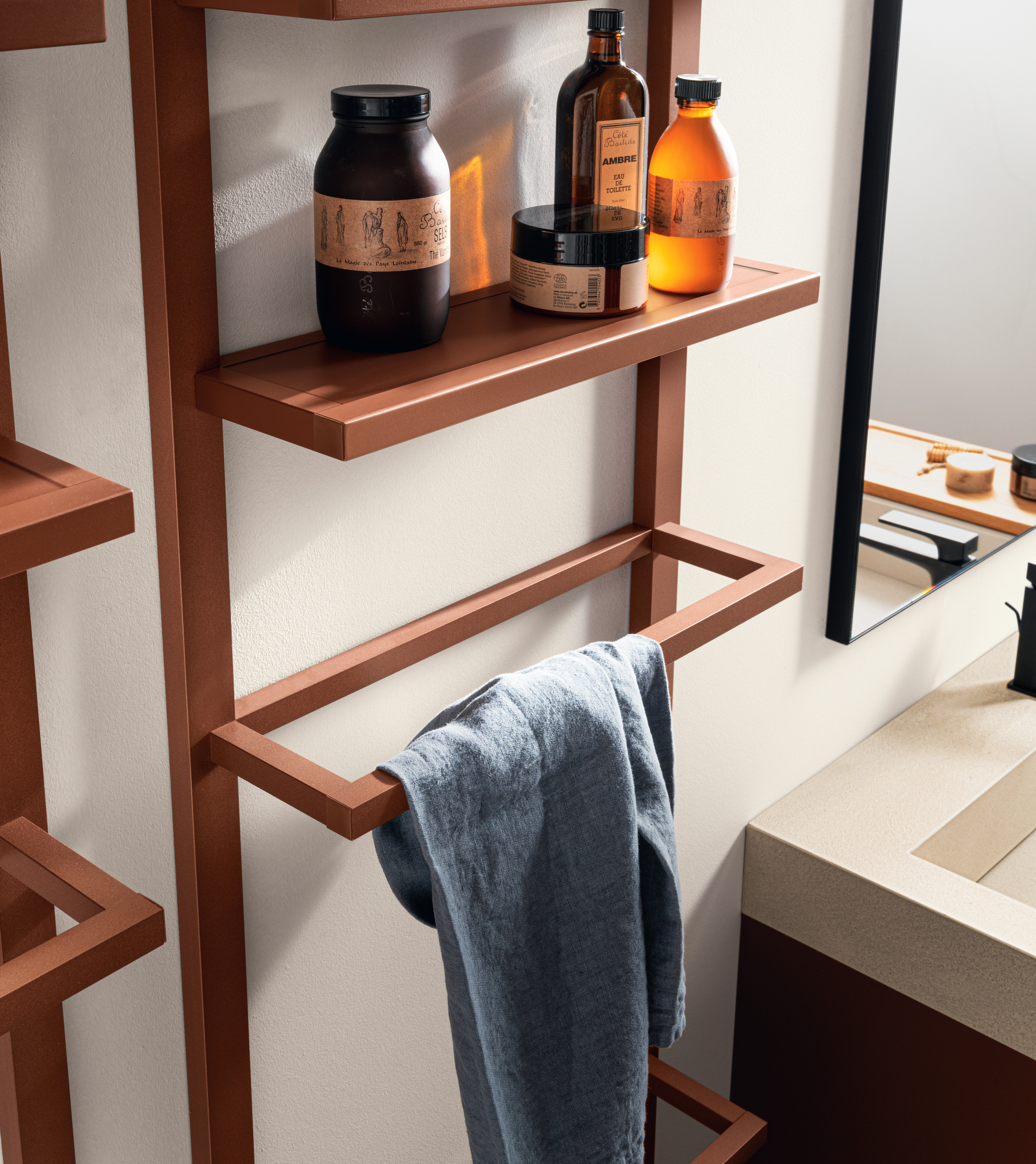Bathroom taps: style tips
An extensive choice of models which differ in their styling requirements, function and positioning.
Details make the difference: this is definitely the case when it comes to solutions which come in various shapes and quality levels, although they accommodate the same needs. Let’s look at which bathroom tap models match the various other elements and distinctive decorative style of the bathroom.
As time goes by
The story of the tap dates back to the age of antiquity, but it wasn’t until the 1800s that the screw version was invented, by the English merchant Thomas Griss, thanks to whom we can still adjust the flow of water today. The year 1937 saw the introduction of the first tap with two hot and cold knobs to mix water, whereas the creation of the mixer tap where these valves have been replaced by a single lever is attributed to the genial Danish architect and designer, Arne Jacobsen, whose concept dates back to 1968.
